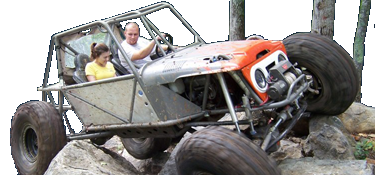i wouldnt butt weld it, solely. I would atleast add fish plating over the weld seam.
This.
I would weld the pieces together and then reinforce with an overlapping plate as mentioned above.
Make the overlapping plate circular or diamond shape. This is to put welds in all different directions and planes.
140 amps is enough, as to weld that with a stick welder, would most likely be done with 1/8 rods which the amperage range is typically 90-135 amps for that size rod.
Just make sure if you weld it with the squirt gun as to turn the amps all the way up, and set your wire speed to get a quality weld on a practice price of steel in the same position as the weld on the trailer.
Be careful of mig welds in the horizontal position. This is the most common position for the weld to look good but have poor fusion. As gravity pulls the puddle downhill, it insulates the arc from ever reaching the base metal. This leads to incomplete fusion typically on the bottom and undercut on the top.
So to prevent this, practice welding in this position and pause longer on the top to prevent undercut, and when you weave towards the bottom, be sure to move fast enough to beat the puddle down.
The most important part of mig welding is to move fast enough to keep the arc on the front edge of the puddle when weaving.
Do not pause or hold in same place without manipulation with the intention of it "burning in". It will only fill outward as the puddle grows towards the wire and to the tip of the nozzle. As this happens the inside of the weld is solidifying.
So, it can be done, and is done often. Just be sure to practice welding in that position, in a joint similar to the trailer tongue, to dial in your machine and to get yourself ready to make the weld.


